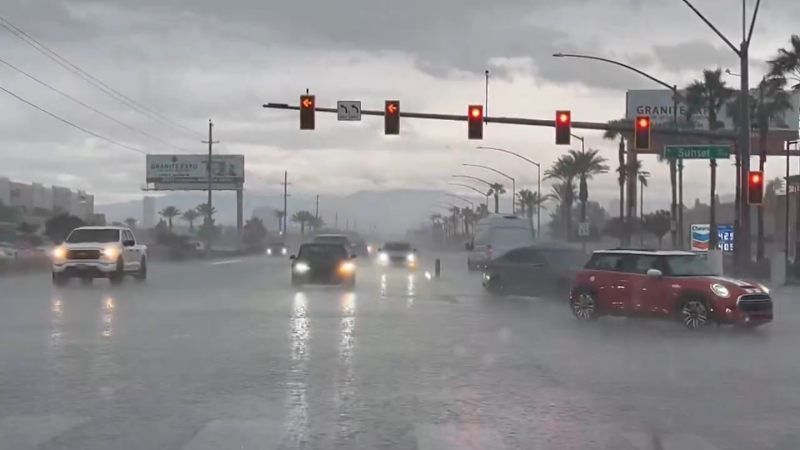The Great Colonial Hurricane of 1635
Tuesday 9 a.m.
From Aug. 10-13 of 1778, a hurricane caused extensive damage along the North Carolina coast and then moved up the coast just offshore. The hurricane intervened in a French-British naval battle. The French ships were larger and sustained the heaviest damage. The smaller British ships had a chance to capitalize on this situation... if they had pressed their attack immediately. Instead, they pulled back at nightfall. By morning, more French ships were on the scene and soon dominated the battle.
The weather played a vital role at the end of the Revolution when British General Cornwallis was trying to evacuate his troops from Yorktown in southeastern Virginia in October of 1781. However, a storm prevented the rescue ships from reaching the scene, and Cornwallis was forced to surrender. It was clearly a case where the general simply could not get his ships together.
In mid-August of 1635, the great Colonial Hurricane blasted into New England, a storm with furious winds and ship-sinking waves. Out of the storm came a famous New England legend, the story of Thatcher's Island near Cape Ann, Mass.
Anthony Thatcher, his wife and four children had boarded a small coastal boat for the usually routine trip from Ipswich to Marblehead. Strong southwesterly winds slowed the boat, but as the hurricane approached at night, the wind suddenly increased out of the northeast. Caught in the merciless wind and bobbing in giant waves, the ship was thrown against the rocks of a small island.
The first to reach safety was Anthony Thatcher. After some time ashore, he saw what looked a body entangled in the wreckage of the ship. As he came closer, he saw that it was his wife, struggling to free herself from the wreckage. Soon, she successfully climbed the beach.
And, there they sat... the wreckage heaving in the storm tossed seas... mountainous waves from the screaming hurricane stopped only by this rocky speck of an island. As the hours passed, the weather brightened, but their moods darkened, as they searched in vain for any sign of their shipmates, or their four beloved children. They searched, they waited, they prayed, but all came to naught. A day and a half later, a small ship spotted Anthony and his wife. The tiny piece of land was named Thatcher's Island in memory of the tragic loss from the Great Colonial Hurricane of 1635.
Here, the challenge is trying to come up with new ways of describing the heat wave situation. We could talk about the extreme heat and the sweltering diaphoretic steaminess out there. We could mention the dehydrated, parched, arid exsiccation and arefaction we face under the incandescent incendiary adiathermic sun and the need to keep fluid levels up. Or, we could refer to the xerophilous, shriveled anhydrous ovenlike burned scorched streets grilled by the interminable fires of the summer sunlight.
But, would that really do it justice? No. Because in the final analysis, it isn't just the diaphoretically laced heat, though the heat is broiling and the humidity diaphoretic... and it isn't just the incendiary recalescence of fiery sunshine baking broiling and burning us. No, it's the combination of superheated diathermancy combined with the branding iron bake oven insolation that leads to the unmistakable conclusion that it is... and will remain... hot in the I-95 corridor through tomorrow.
There, some thunderstorms in the middle of Pennsylvania this morning, and they could regenerate farther east this afternoon. Spotty splotches and a line of thunderstorms are likely to grow across the Northeast tomorrow and Thursday, especially during the afternoon and evening hours. As a cold front from the Midwest approaches later Friday, the thunderstorms may become more numerous and cause locally damaging winds and flash flooding. This weekend will be much cooler in the Great Lakes region, and the cooling will take effect early next week in the Northeast.
Report a Typo















